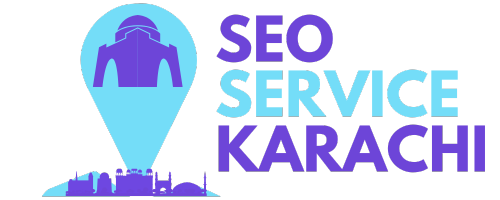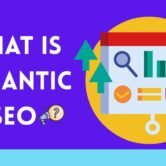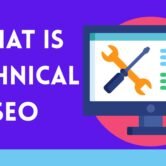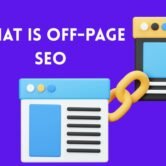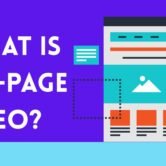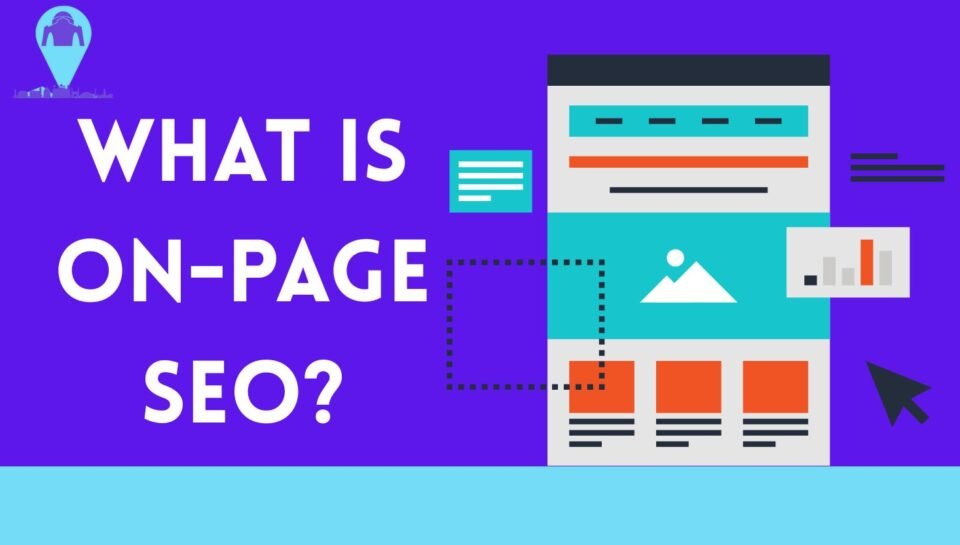
What Is On Page SEO? SEO refers to the practice of optimizing individual web pages to improve their search engine rankings and visibility. Unlike off-page SEO, which involves external factors like backlinks, on-page SEO focuses on elements within your website that you can control. This includes optimizing content, HTML source code, and site architecture to ensure search engines can crawl, index, and understand your pages effectively. By implementing on-page SEO strategies, you enhance user experience, increase organic traffic, and improve your site’s overall performance in search engine results.
Table of Contents
- Title Tags
- Meta Descriptions
- Header Tags
- URL Structure
- Keyword Optimization
- Internal Linking
- Image Optimization
- Mobile-Friendliness
- Page Load Speed
Introduction to On-Page SEO
On-page SEO is the foundation of any successful search engine optimization strategy. It involves optimizing individual web pages to rank higher and earn more relevant traffic in search engines. By focusing on elements like content quality, keyword usage, and site structure, on-page SEO ensures that your website is both user-friendly and search engine-friendly.
Importance of On-Page SEO
Implementing effective on-page SEO techniques helps search engines understand your content, making it more likely to appear in relevant search queries. This leads to increased organic traffic, better user engagement, and higher conversion rates. Moreover, on-page SEO contributes to a positive user experience, which is a critical factor in retaining visitors and reducing bounce rates.
Key Elements of On-Page SEO
Key elements of on-page SEO include optimizing title tags, meta descriptions, headers, URLs, keywords, internal links, images, mobile-friendliness, and page speed. These factors help search engines understand your content and improve your site’s ranking and user experience.
Title Tags
Title tags are HTML elements that specify the title of a web page. They appear as clickable headlines in search engine results and are crucial for both SEO and user experience. A well-crafted title tag should include relevant keywords and accurately describe the page’s content.
Meta Descriptions
Meta descriptions provide a brief summary of a web page’s content. While not a direct ranking factor, they influence click-through rates by enticing users to visit your page. An effective meta description should be concise, compelling, and include target keywords.
Header Tags
Header tags (H1, H2, H3, etc.) structure your content, making it easier for readers and search engines to understand. The H1 tag typically represents the main topic, while H2 and H3 tags denote subheadings. Proper use of header tags enhances readability and SEO.
URL Structure
A clean and descriptive URL structure helps search engines and users understand the content of a page. URLs should be short, include relevant keywords, and avoid unnecessary parameters.
Keyword Optimization
Keyword optimization involves researching and using relevant keywords in your content, title tags, meta descriptions, and header tags. This helps search engines understand your content’s topic and improves its chances of ranking for those keywords. However, avoid keyword stuffing, as it can negatively impact readability and SEO.
Internal Linking
Internal linking refers to linking to other pages within your website. It helps distribute page authority across your site, improves navigation, and allows search engines to crawl your site more effectively. Use descriptive anchor text and link to relevant pages to enhance SEO.
Image Optimization
Optimizing images involves reducing file sizes to improve page load speed and using descriptive file names and alt text. This not only enhances SEO but also makes your site more accessible to users with disabilities.
Mobile-Friendliness
With the increasing use of mobile devices, having a mobile-friendly website is essential. Responsive design ensures that your site adapts to different screen sizes, providing a better user experience and improving SEO rankings.
Page Load Speed
Page load speed is a critical factor in user experience and SEO. Slow-loading pages can lead to higher bounce rates and lower rankings. Optimize images, leverage browser caching, and minimize code to improve load times.
On-Page SEO Best Practices
Conduct thorough keyword research to target the right phrases. Create high-quality, engaging content that matches user intent.
- Conduct Keyword Research: Use tools like Google Keyword Planner to identify relevant keywords with good search volume and low competition.
- Create High-Quality Content: Focus on providing valuable, informative, and engaging content that meets user intent.
- Optimize for Featured Snippets: Structure your content to answer common questions concisely, increasing the chances of appearing in featured snippets.
- Use Schema Markup: Implement structured data to help search engines understand your content and enhance search results with rich snippets.
- Regularly Update Content: Keep your content fresh and relevant by updating it regularly, which can improve rankings and user engagement.
Tools for On-Page SEO
- Yoast SEO: A popular WordPress plugin that provides real-time content analysis and optimization suggestions.
- Google Search Console: Helps monitor your site’s performance, identify issues, and understand how Google crawls and indexes your site.
- Google Analytics: Provides insights into user behavior, traffic sources, and conversion rates, aiding in SEO strategy development.
- SEMrush: Offers comprehensive SEO tools
- Ahrefs: A powerful SEO toolset that helps analyze backlinks, keyword rankings, and site audits to optimize your on-page SEO efforts.
- Screaming Frog SEO Spider: A website crawler that identifies SEO issues like broken links, duplicate content, and missing tags.
Using these tools, you can efficiently optimize your pages and track your progress in improving your website’s search performance.
Conclusion
Understanding what is on page SEO is essential for anyone looking to improve their website’s search engine rankings and user experience. By optimizing individual page elements such as title tags, meta descriptions, headers, and content, you make your site easier for both search engines and visitors to understand and navigate. Implementing best practices for on-page SEO not only boosts your visibility but also drives more organic traffic, resulting in better engagement and higher conversions. Consistent attention to on-page SEO is a key step toward long-term online success.
